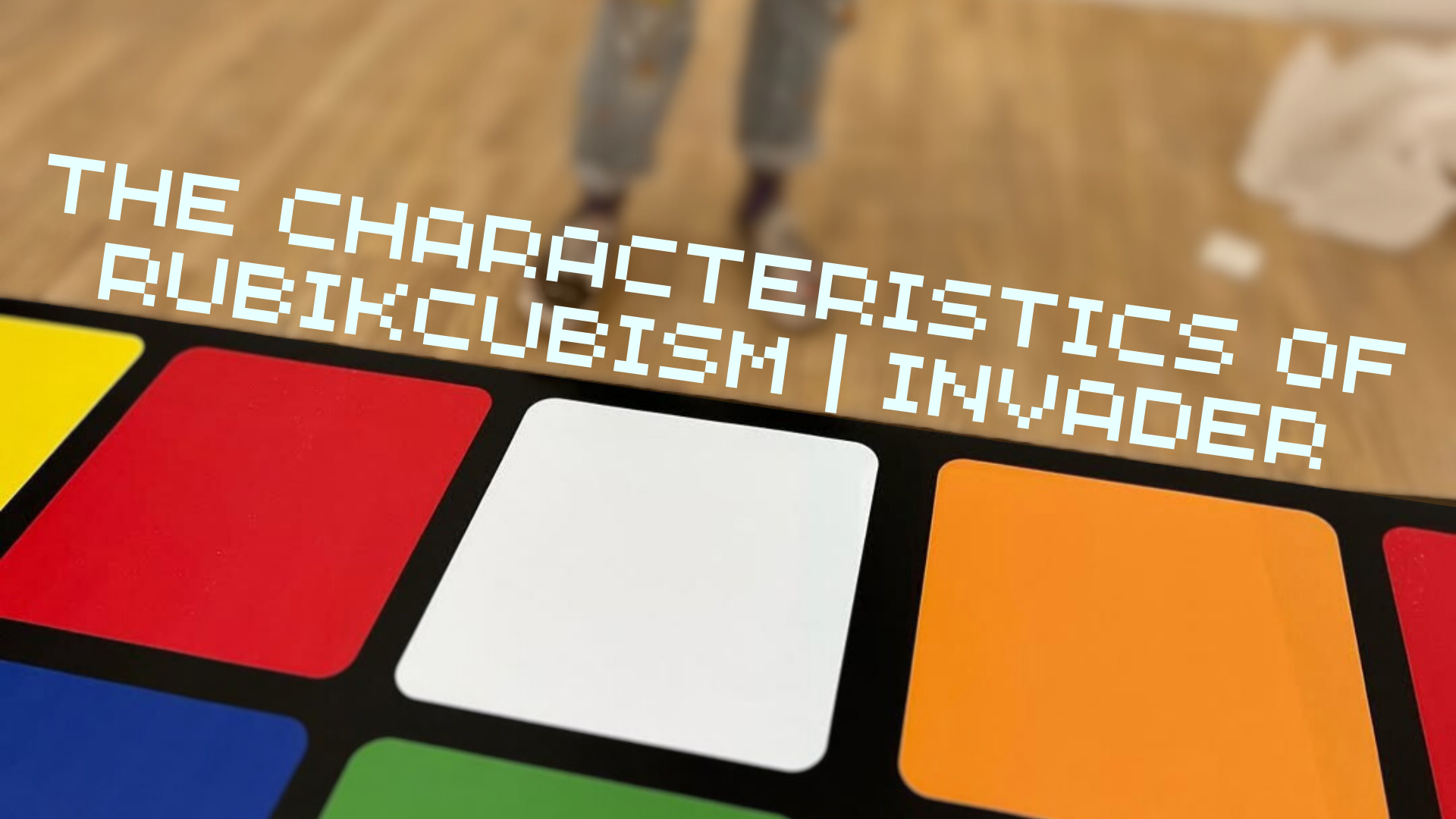The Art Style of Invader
read more
The anonymous French street artist Invader has captivated audiences worldwide with his unique art style, transforming concrete jungles into vibrant canvases with pixelated mosaics. But what is so special about his art style?
What are mosaics?
The word mosaic has long existed, dating back to the days of Ancient Rome. Mosaics are particularly popular on floors and for wall decoration. They are typically patterns made of small pieces of colored stone or glass. It then turned into artworks by assembling small pieces of materials to form a larger image. They are often arranged and set onto a surface using adhesive. Mosaics have been used throughout history for decorative purposes in buildings, floors, and walls, and they can range from intricate designs to simple patterns.
The Inspiration
Space Invaders was a large part of Invader’s teenagehood, and its pixelated graphics are what has inspired Invader’s art style to what we know it is today.
As a significant part of popular culture, Invader wanted to show his love for the game on an international stage. He decided to use street art and precisely mosaics. It was a big breakthrough in street art, as most art on walls had been graffiti art.
first mosaic ever
PA_001
invader’s Persistence
After years of digital advancement, games relocated their position and exceeded their past resolution, making images and sprites more refined and detailed. They no are longer made of pixels, instead, they are made from hundreds or even thousands of patches of colors to form a moveable and lively character.
Though in-game graphics have been continuously improving, Invader’s works continued mimicking the low-quality pixelated style of early games. Invader persisted in keeping the classic and sentimental value of his mosaic street art.
most recent mosaic for the Olympics 2024
PA_1512
The Invader Art Style
Pixelated Aesthetics
Invader's art is inspired by the aesthetics of 8-bit video games, characterized by its blocky and pixelated figures. Invader delicately crafts each piece using small, colorful tiles that mimic the look of vintage graphics. This nostalgic style evokes the early days of digital gaming, connecting with audiences through a shared cultural memory. This resonates with viewers from all over the world, and bridges the gap between the digital and physical worlds.
Urban Canvas
MARS_97
Invader strategically places his mosaics in cities across the globe, turning urban environments into sprawling art galleries. These installations engage passersby and integrate seamlessly into their surroundings, often becoming part of the city's identity.
Interactive Experience
Invader often places his art in unexpected locations, which encourages locals to explore and discover areas they wouldn’t otherwise explore. Citizens and passersby are invited to wander through cities in search of his hidden mosaics with FlashInvaders, the official application by the artist. It transforms the act of viewing art into an interactive and playful experience, freeing art from the cage of specific venues.
Culture
PA_1091
His works frequently feature characters from iconic video games and pop culture, such as Space Invaders and other retro games. This not only pays homage to these cultural icons but also bridges the gap between art and entertainment.
Invader’s work transcends traditional street art. It not only pays homage to gaming culture but also challenges perceptions of public spaces, blurring the definite line between the physical and digital worlds.
Invader’s distinctive art style combines nostalgia, creativity, and urban exploration. By turning cityscapes into his canvas, he has left a lasting impression on the art world, inspiring both artists and enthusiasts alike. What do you think about his style, is it unique or is it too old-fashioned? Tell us below!
All Rights reserved
~
We do not own any copyrights to the photos used
~
All Rights reserved ~ We do not own any copyrights to the photos used ~































